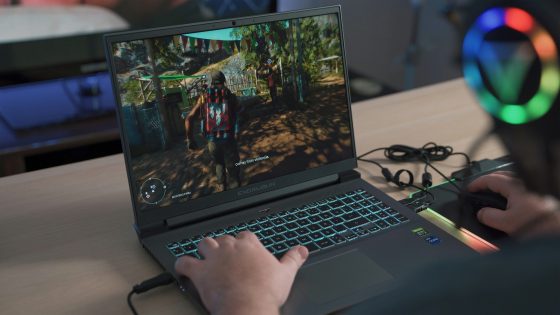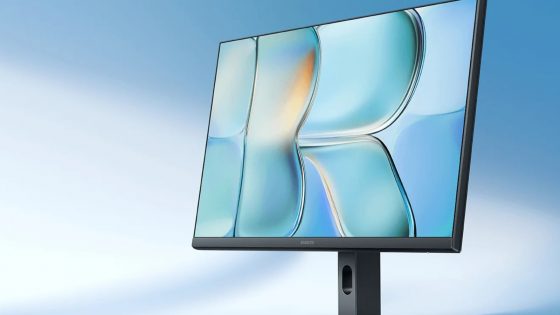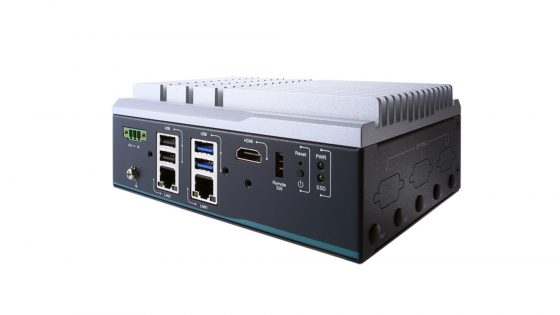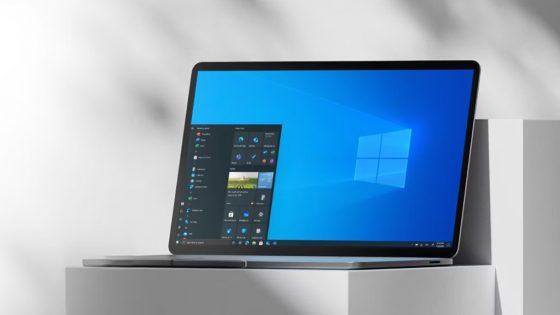I upgraded my home network with a Fritz!Box 7690 router and Wi-Fi 7
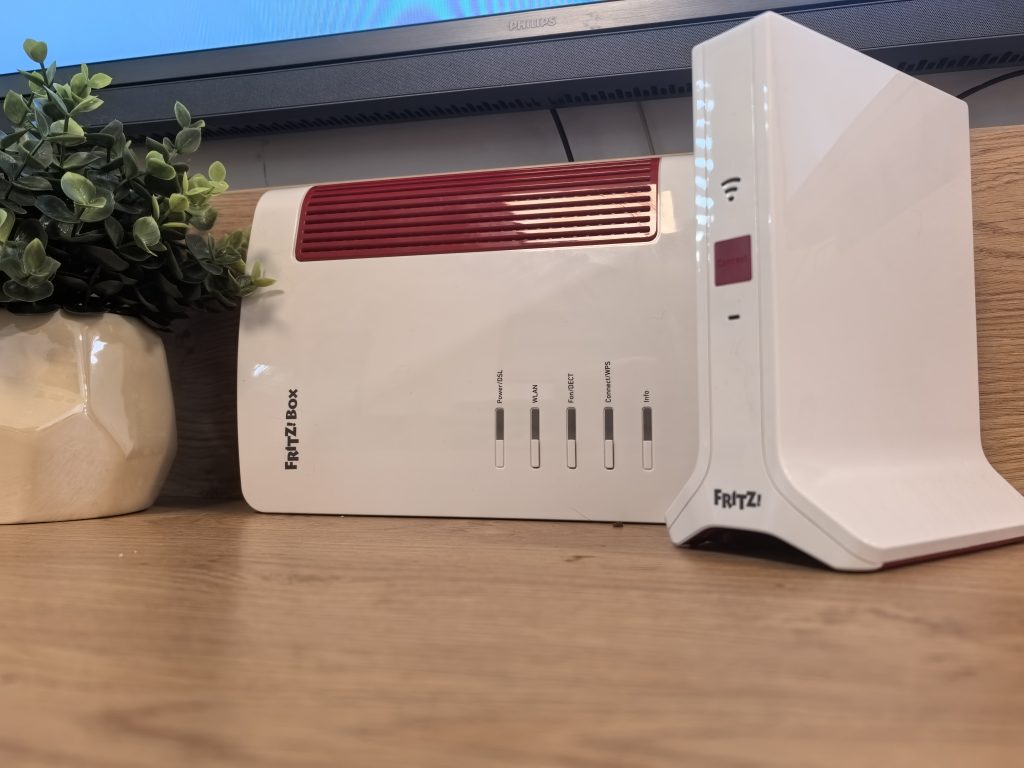
I wasn't happy with the existing network setup I had at home. Like most, I'm still on Wi-Fi 6 and I highly doubted that Wi-Fi 6E or Wi-Fi 7 would drastically change my home broadband experience.
However, I got the chance to test my theory. I got a router for the test. Fritz!Box 7690, the latest from AVM with support for Wi-Fi 7, and also a repeater Fritz!Repeater 3000 AX, which replaced (maybe retired) the Fritz!Box 4060 and Fritz!Repeater 6000. Considering that most households use default routers provided by our operators, the existing network equipment is on the verge of overkill.
I haven't noticed any bottlenecks so far, even though I have an above-average number of devices (two laptops, a desktop computer, two TVs, VR glasses, a mini PC as a local server, and other little things). With the new equipment, I first wanted to test the reliability and consistency of the Internet connection, and even more so, whether there is a huge difference in range compared to the older standard. I have a two-story apartment and coverage on the second floor is always problematic. Without an amplifier, it is even impossible if I want to maintain an average 30-40 ms latency in online games and without sudden jumps that turn the game into suffering.
With rare exceptions, I'm doing well with my existing equipment. But if the Fritz!Box 7690 (and Wi-Fi 7) and Fritz!Repeater improve things even more, then so much the better.
Fritz!Box 7690 and Fritz!Repeater 3000 AX price
- Fritz!Box 7690: €319 (reduced to €249)
- Fritz!Repeater 3000 AX: €200 (reduced to €181)
Is Wi-Fi 7 really necessary? When does the upgrade make sense?
You might be thinking, why don't I just connect via cable? That's a plan for the future, but right now, installing wiring throughout the entire apartment would be too much of an undertaking. It used to be a pain in the ass, but with today's technology, you can get by without a cable connection, especially with the help of good mesh amplifiers.
Aren't amplifiers a bad choice, especially for gaming? That was certainly true, or still is, for those classic amplifiers that cost a few tens of euros.
Ethernet > MoCa > Tri-band Mesh > Powerline > Dual-band Mesh > Classic Repeater
So I would sort of rank the different connectivity methods by reliability and consistency of the connection, depending on the house/apartment and the layout of the rooms.
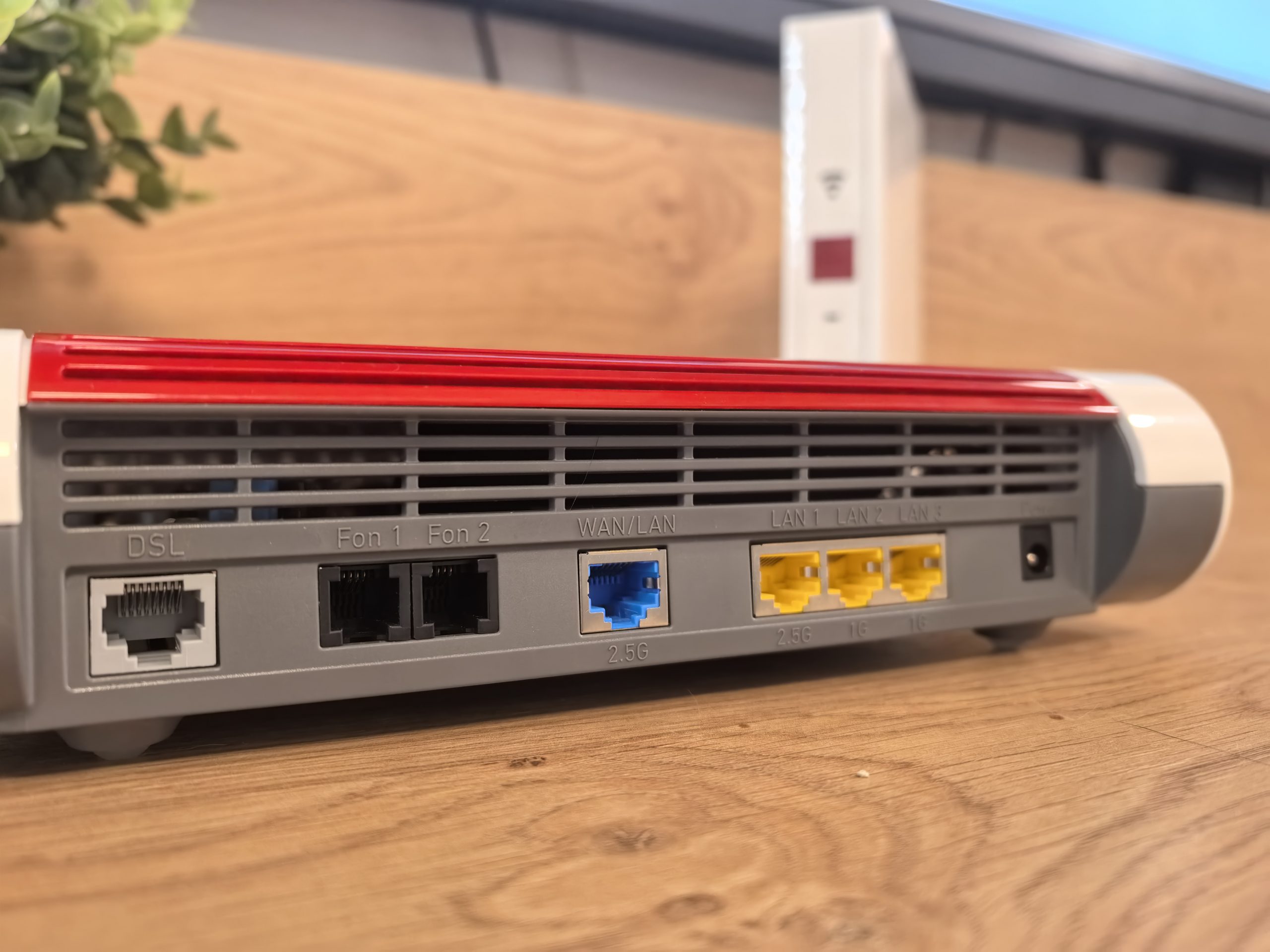
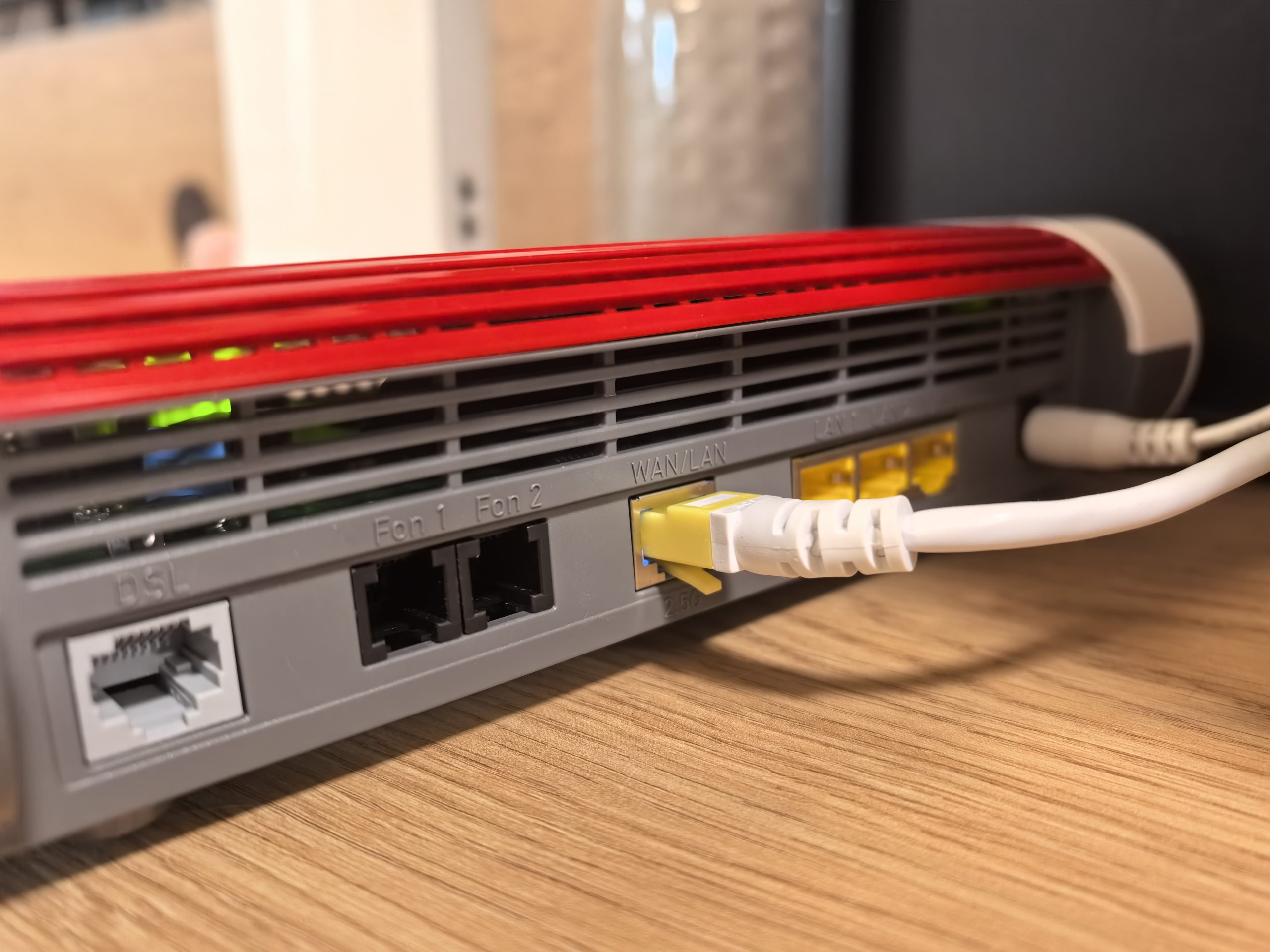
It's important not to chase the latest advancements at all costs. Wi-Fi 6, which is likely to be used by most households, will easily cover all internet requirements for some time to come. I bet you currently have at most one device that supports the latest Wi-Fi 7, which is probably a laptop if you bought it in the last year. The seventh development stage of the wireless standard is understandably better in all respects, but the average consumer will hardly notice it.
Not to be outdone, I tested it myself. The Fritz!Box 7690 is a router with support for Wi-Fi 7. Wi-Fi 7 (IEEE 802.11be standard) focuses on higher speeds, lower latency (delay) and generally better spectrum utilization. The Wi-Fi 7 standard theoretically allows for up to 5x higher raw speeds than Wi-Fi 6, ideally up to 46 Gbit/s. In real-world conditions, this number is unattainable, but the network throughput is still much higher than the older Wi-Fi 6 (and 6E). It achieves this by introducing wider ranges (up to 320 MHz channels in the 6 GHz band, which the 7690 model does not support) and higher modulations (up to 4096-QAM), which almost doubles the bandwidth compared to Wi-Fi 6's 160 MHz channels.
Another important innovation is Multi-Link Operation (MLO), which allows simultaneous data transmission over multiple frequency bands at the same time. This way, for example, we can combine the 2.4 GHz and 5 GHz bands (or an additional 6 GHz, if available) for higher overall speed or a more reliable connection.
For better immunity to interference, the standard introduces so-called "puncturing" (channel puncturing). If a portion of a frequency band is being interfered with by a neighboring network or device (such as a microwave), Wi-Fi 7 can eliminate the narrow, interfered portion of the channel, while the rest of the band continues to operate undisturbed.
During testing, I had three devices at home that could take advantage of the latest wireless network (a gaming laptop and two phones), but I was still limited to the speed provided by my operator.
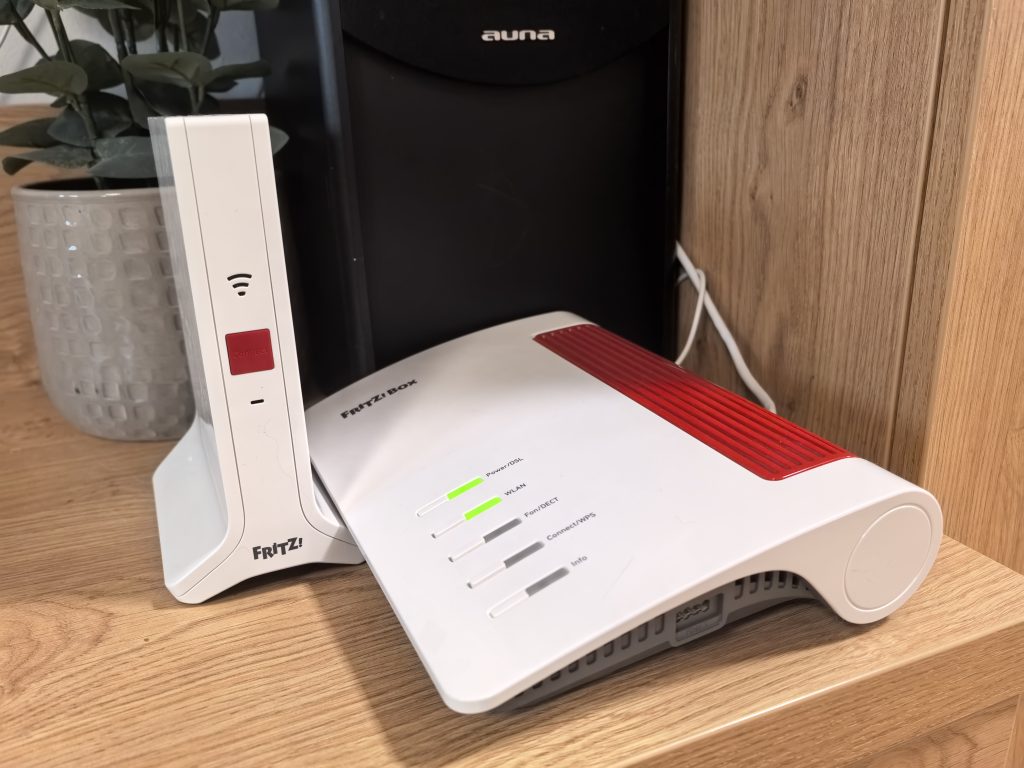
Did I notice a difference when switching to Wi-Fi 7?
To assess the actual performance of the FRITZ!Box 7690, I measured connection speeds and responsiveness at various distances and through typical obstacles in the home. I connected a Wi-Fi 7-enabled test laptop to the 7690 and performed data transfer (TCP/IP throughput) and latency (ping) measurements.
First, in the same room, about a meter from the router without additional obstacles. The speeds were as expected. The maximum transfer speed that the operator (T-2) allows me is 500 Mbps, of which I used more than 90 % at this distance, an average of 450 Mbps, which is slightly more than with the older Fritz!Box 4060 router (and Wi-Fi 6), with which I recorded a maximum speed of 410 Mbps. Latency was almost zero (up to 3 ms).
Another scenario is a laptop in another room. With only one wall in between, the Fritz!Box 7690 maintained similar performance, averaging 400 Mbps. Latency is still a low 4-5 ms with no packet loss.
The real test was the connection in an office on the second floor with several walls in between. Without an additional amplifier, the speed dropped sharply to 130 Mbps, and the latency increased to 20 ms, which is beyond the limit of usefulness in my case. The connection reliability was also better. With the existing router (without the help of a repeater), I often notice drops on the upper floor.
If I moved to the next room, the Fritz!Box 7690 also completely failed.
From these tests and comparing it to the Fritz!Box 4060 (Wi-Fi 6), I noticed slight improvements in room coverage and latency. Expected results, I was expecting a bigger difference.
Technology puncturing and other improvements probably contribute to the fact that the connection is less sensitive to occasional interference. In my environment (a block of flats with several neighboring networks), there were no noticeable speed drops due to foreign Wi-Fi networks. Even switching between 2.4 GHz and 5 GHz (when moving between rooms) was seamless. The Fritz!Box 7690 automatically selects the optimal band and channel to ensure the best possible connection.
I also took measurements in the same way and under the same conditions with two phones (Galaxy Z Flip7 and Galaxy Z Fold7) with similar results.
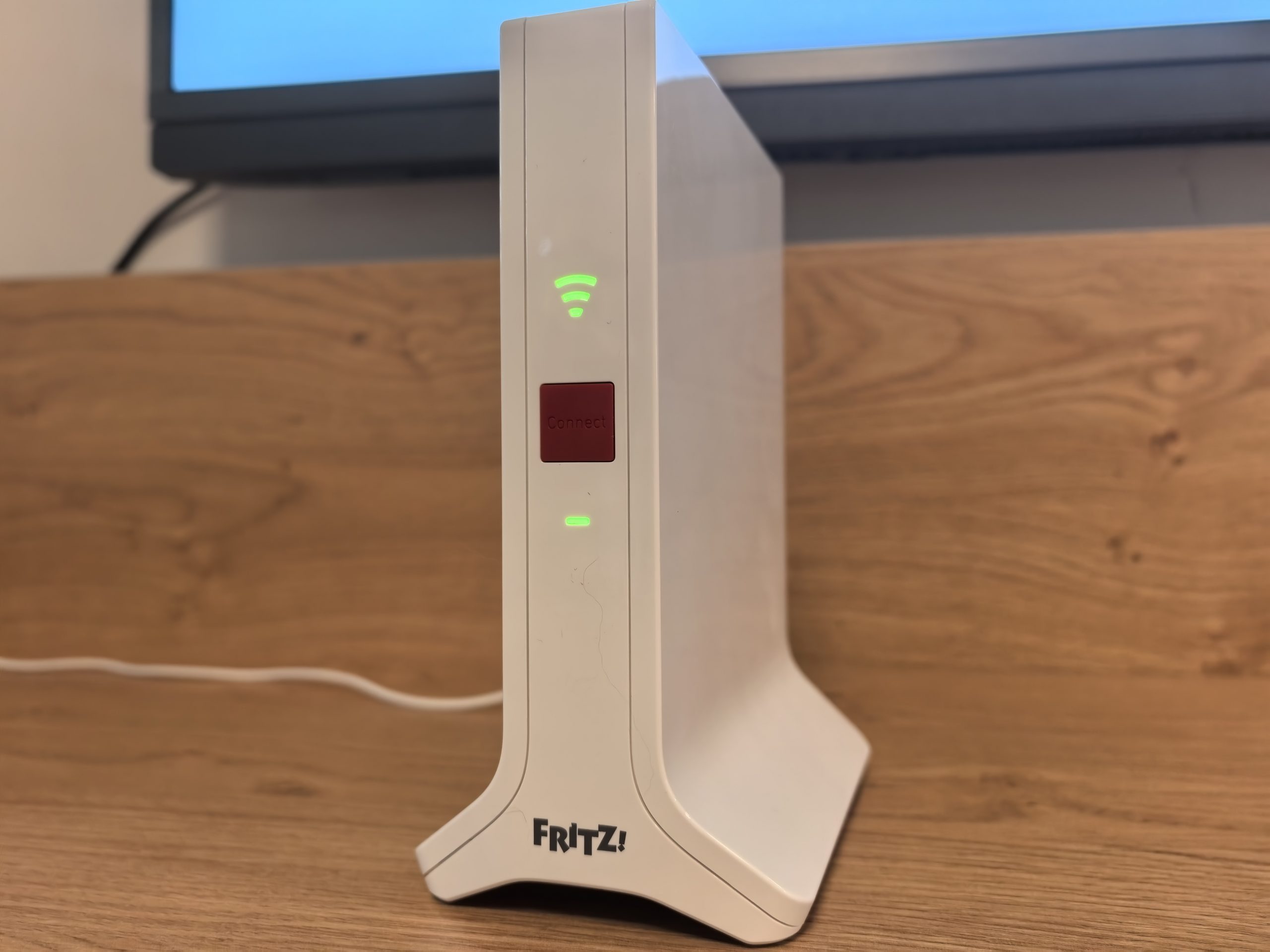
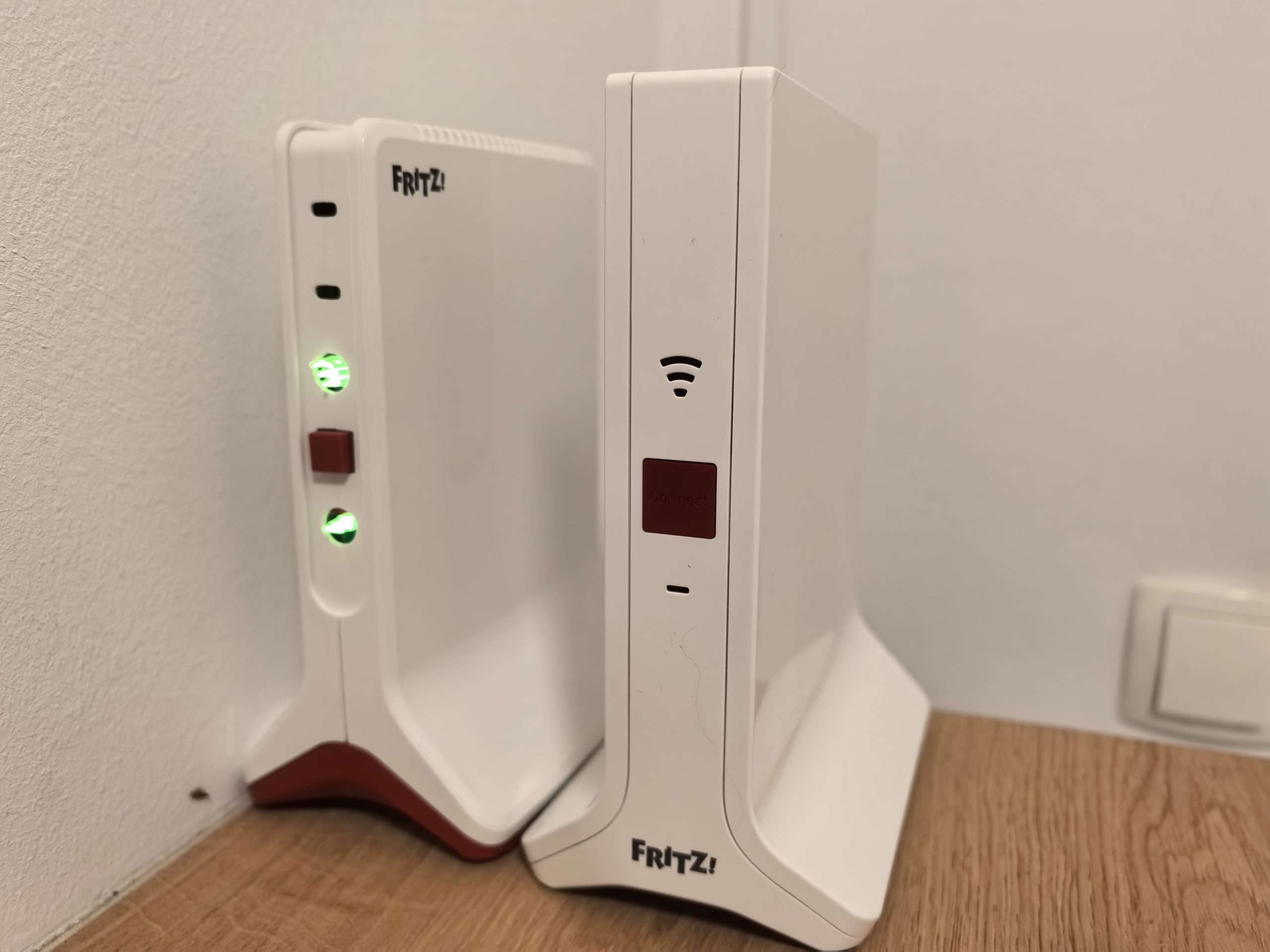
What does the Fritz!Repeater 3000 AX change?
Almost nothing at short distances, but huge in upper rooms. The Fritz!Repeater 3000 AX is a tri-band Wi-Fi 6 repeater (two 5 GHz bands and one 2.4 GHz) that connects wirelessly (or wired in LAN bridge mode) to a router and extends the network to areas where the signal from the main router weakens.
In my test, I placed the 3000 AX repeater in a remote part of the apartment (about 10 m from the 7690 router, still on the same floor), where the existing Fritz!Repeater 6000 was located. The repeater immediately improved the coverage and performance in this part of the home. The average transfer speed rose back to an average of 400 Mbps (before the repeater it was about 250 Mbps).
The story also has a happy ending upstairs. In the office, where I spend most of my time at the computer, the transfer speed ranges between 290 and 340 Mbps, and the latency is around 7-8 ms, which is just low enough that, for example, I don't exceed 35 ms while playing Apex Legends (depending on EA servers).
The key advantage of the FRITZ!Repeater 3000 AX is that it works in mesh mode without any loss of speed. Since it has three radio units, one 5 GHz is dedicated exclusively to the connection to the router (backbone connection), while the other two (the other 5 GHz and 2.4 GHz) are used by other devices. This avoids the typical halving of bandwidth that occurs with single-band repeaters (which have to share the same channel for reception and transmission).
I tested the Repeater 3000 AX even under heavy load conditions. Several devices (TV, laptop, PC, phone) were connected to it at the same time. Its intelligent tri-band mesh system ensures that it always chooses the optimal path to the router and distributes devices to the appropriate bands.
The Fritz!Repeater 3000 AX is in a lower quality class than the Fritz!Repeater 6000, but in home use I didn't notice a difference, maybe a few milliseconds in delay times.
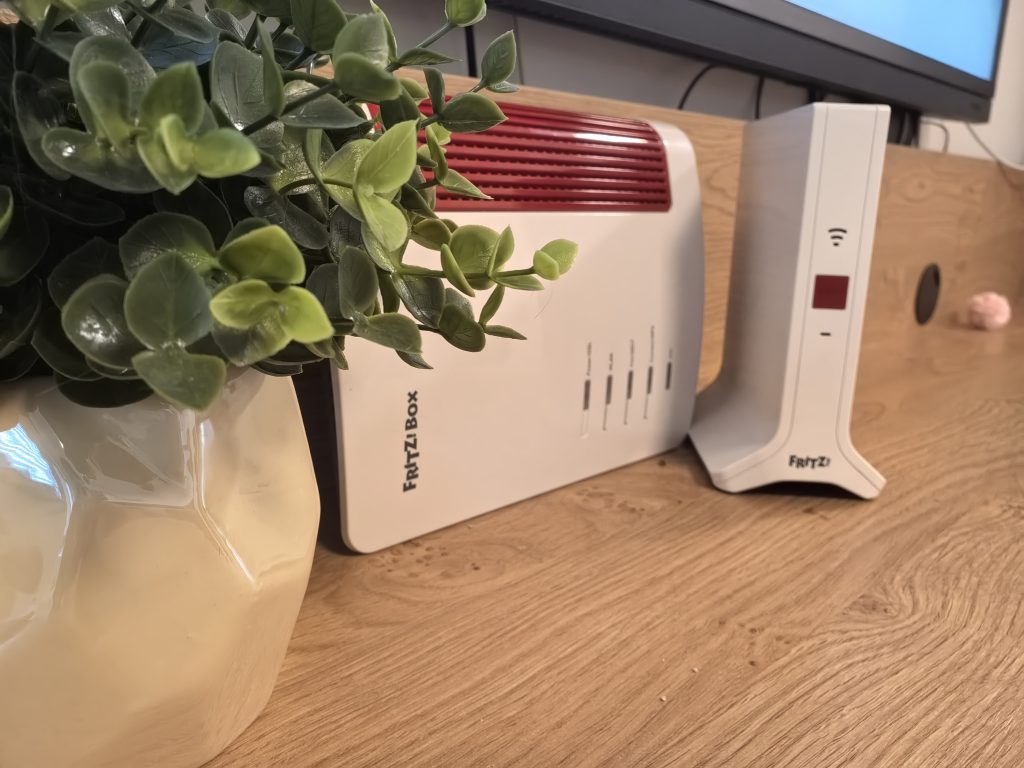
Easy to set up, convenient app for finding the optimal location
The interface looks a bit classic, but it is very intuitive and rich. Wizards are available for practically all settings, from connecting to the Internet to setting up your phone (if you still use it). Those who are not interested in details can leave the default settings. More demanding users will be pleased with the wide range of customization options. We also appreciated the help of the FRITZ!App application (available for Android/iOS) during setup, which guides the user through the installation and, for example, helps find the optimal location for the repeater. In the application, you can split both channels (2.4 GHz and 5 GHz) for easier connection with IoT devices (robot vacuum cleaners, cameras, air conditioners, etc.), which usually only support the 2.4 GHz channel.
I especially like the various graphs for use, for performing possible diagnostics, reviewing various connected devices, and the like.
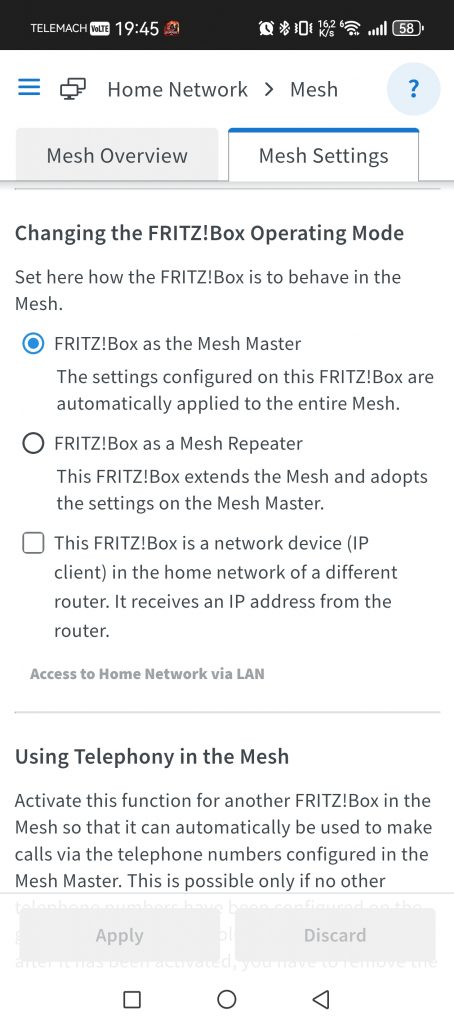
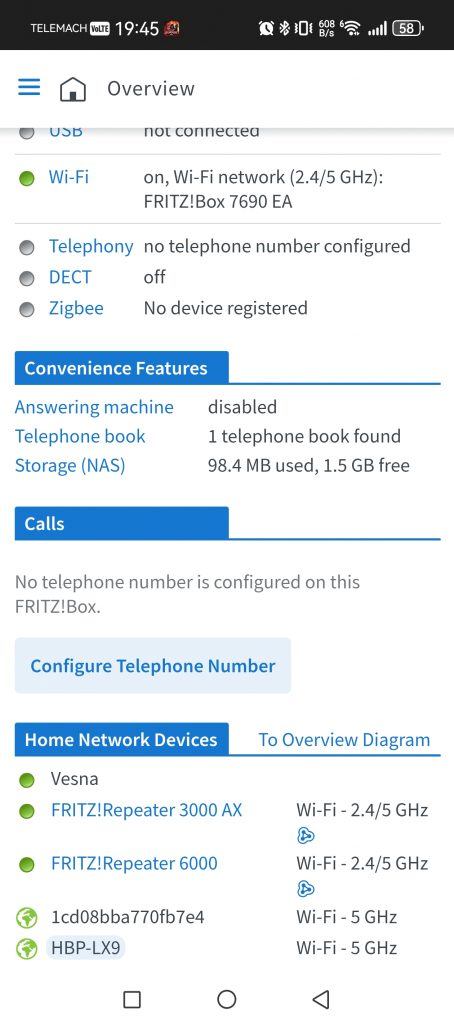

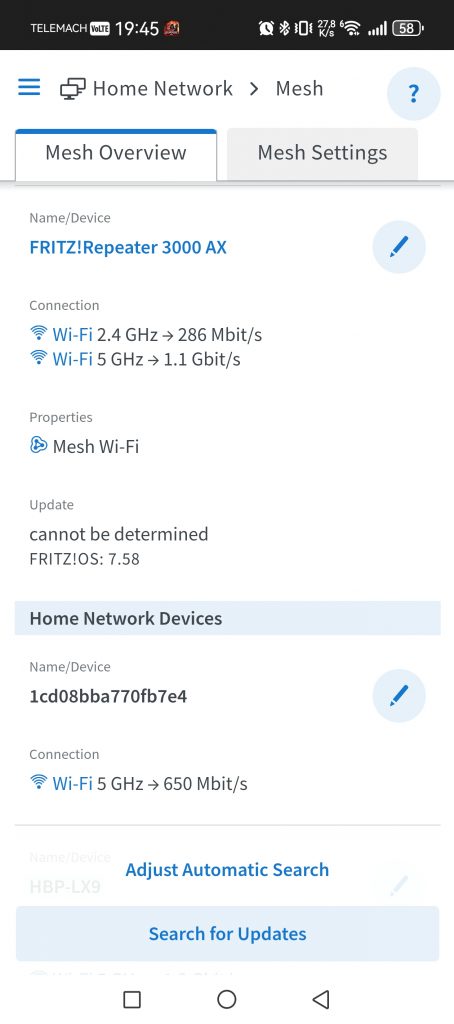
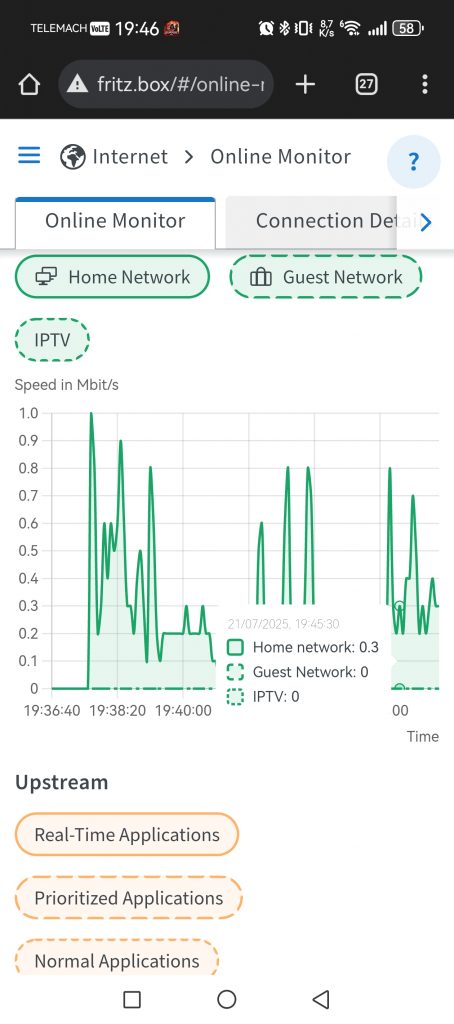
The Fritz!Box 7690 is an investment in the future
If you are about to buy a new router and are willing to spend a little more, then the Fritz!Box 7690 is a very good choice that you will be happy with long after the newer standard than Wi-Fi 7 is available. I recommend it alone for smaller apartments (up to 70-80 m2), with a repeater also larger (up to 120 m2 or more, as in my case).
Gamers who don't have the option of a wired connection can rest assured, because the latency is really low, even comparable to a wired connection. If the latency (and speeds) are good enough for gamers, then all other users won't have any problems either.



